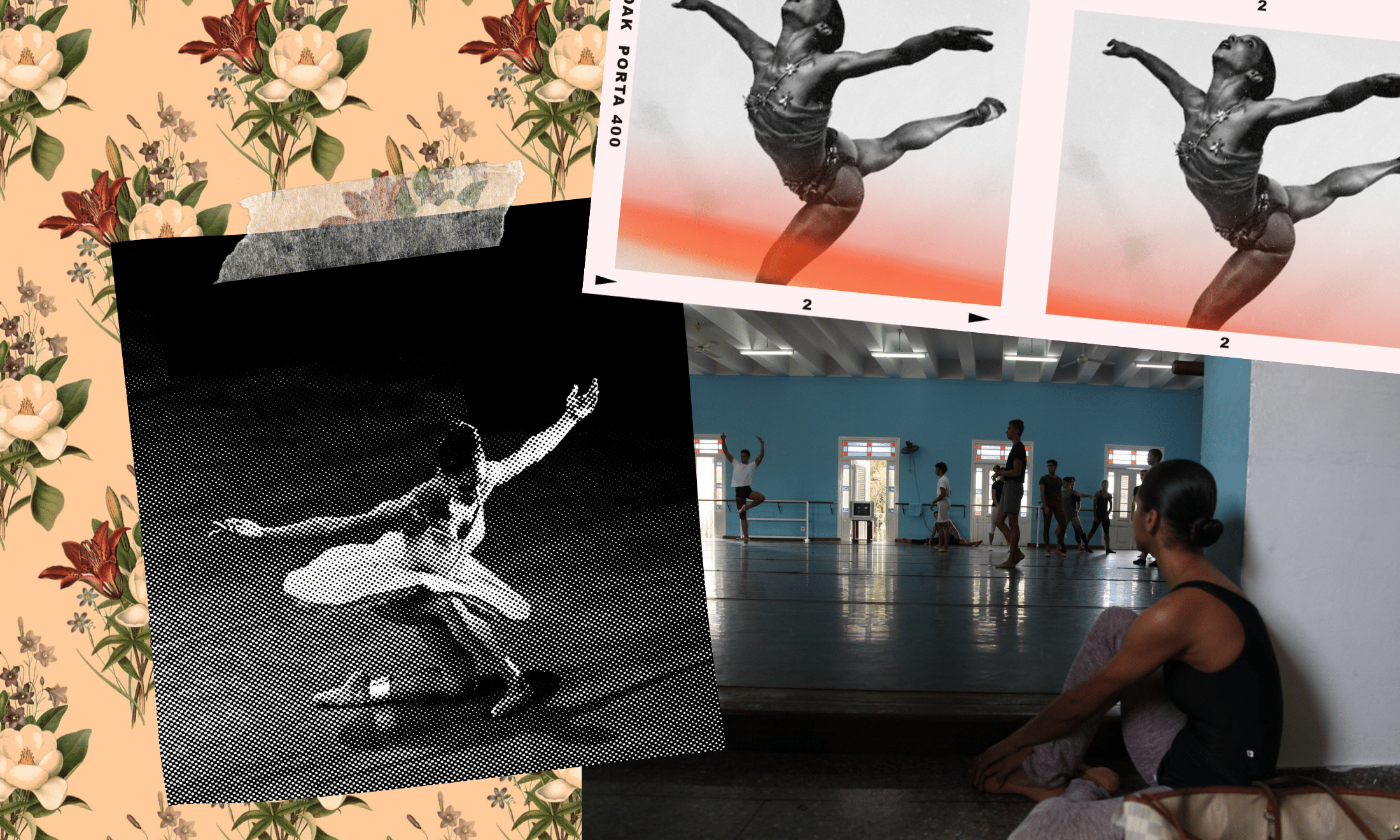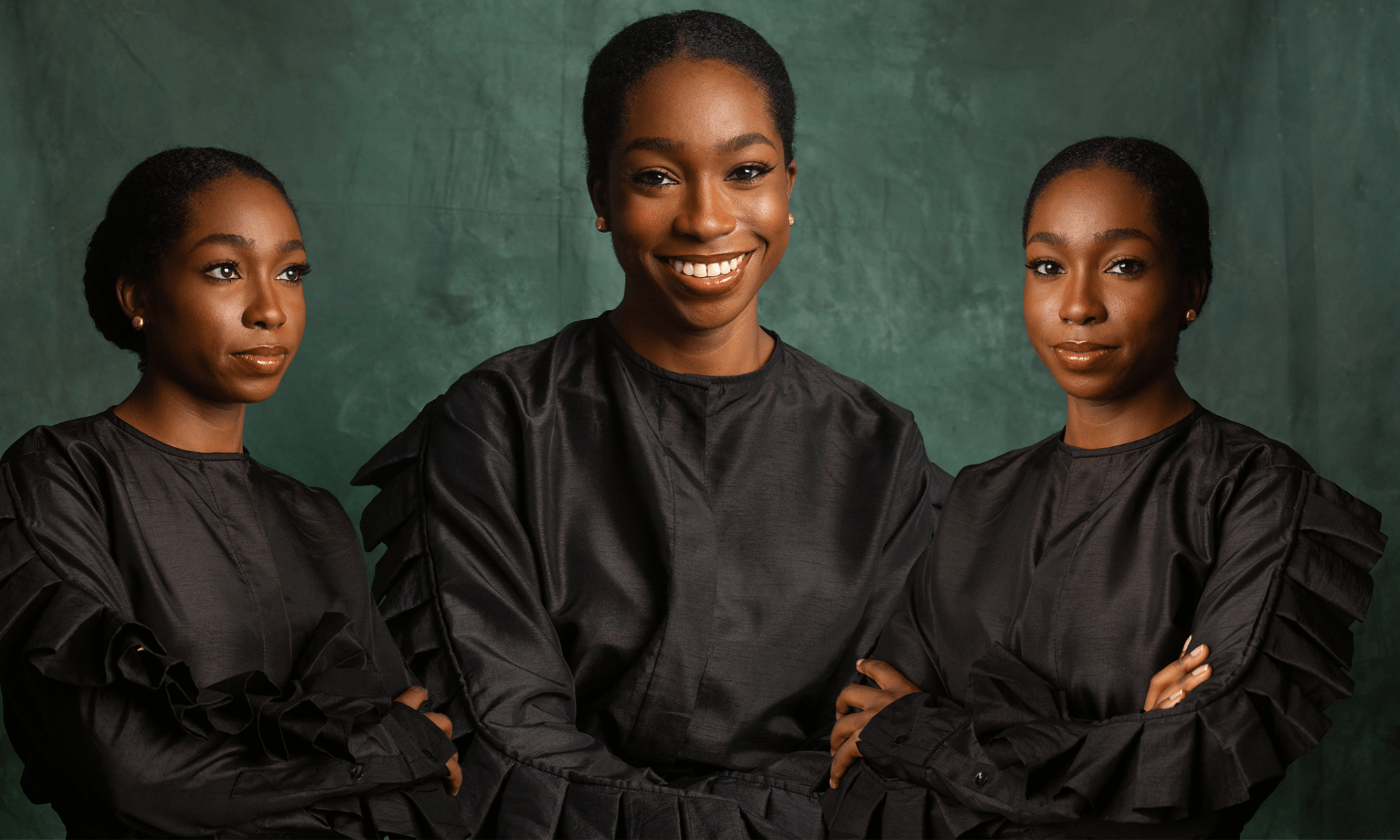
via Flickr (Kent G Becker, US Embassy Havana)
How Black women in ballet have helped me find my stride
Returning to the art in adulthood has re-awakened my inner child.
Tofunmi Odugbemi and Editors
15 Mar 2022
As a young girl, I had a complicated relationship with ballet for several reasons; the clothing was never made with my skin tone or body type in mind, and if I had wanted colour matched pumps, slippers, tights, or bodysuits, they were far out of the financial reach of my young newly immigrated Nigerian parents.
Aside from not being well-represented in the ballet world, both my family and instructors perpetuated the myth that Black people genetically lacked the natural flexibility and grace to ever be successful in it (my family sees me as a ‘tomboy’ – so any enjoyment of ‘girly’ things does not compute with them). I now realise that the position came from a familial internalisation of racist pseudo-scientific messaging that sports and athletics less focused on speed or strength (unlike track and field, NFL football, basketball) are not well suited to my Black body. It’s why I eventually stopped ballet, as I felt wholly underrepresented and like a clumsy and chunky (thighs and bum ‘too big’) outcast.
I still vividly remember my first solo ballet piece aged eight. Either I failed to practice enough or didn’t wow the audience with my stocky Black girl grace as it was strongly recommended after my performance that I instead take up hip-hop, contemporary ballet, and jazz as they were dance styles ‘culturally closer’ to my background. My rise and fall to local ballet fame was swift and my dreams of pirouetting across international stages were relegated to the corners of my mind occasionally entertained through TV and novels.
“A new world of ballet where melanin existed and was celebrated emerged”
Despite giving it up, my love for ballet didn’t stop; a new world of ballet where melanin existed and was celebrated emerged a few years later when I was 15 years old. I watched First Position, a documentary following six young ballet students of different backgrounds preparing for the Youth America Grand Prix. Until then, my ballet world had been lily-white. Then the talented and fierce Michaela DePrince came across my screen. DePrince is not only a dark-skin Black woman, but she has vitiligo. She was dancing gracefully and powerfully and didn’t fit the stereotypes of a ‘typical’ ballerina. I was so wowed by her story and passion for ballet that I quickly began to devour her backstory and delve into a world I had never known before, the history of Black ballet.
I later learned that DePrince had graduated and joined the Dance Theatre of Harlem and was surprised and excited when I realised that one of the co-founders, Arthur Mitchel, was a Black man. Learning about the Dance Theatre of Harlem and Arthur Mitchel was the first moment I felt genuinely seen in ballet. The experiences, passion, and desire to dance beautifully were similar to mine. It was also the moment I questioned our knowledge of recorded histories and who was being centred in them. Learning about Black people in ballet cemented my early understandings of the erasure and whitewashing that happens to our history and culture, leaving young Black people feeling out of place and adrift in their racial esteem and identity.
“I questioned our knowledge of recorded histories and who was being centred in them”
As I delved into the history, I was excited to learn names like Raven Wilkinson – the first African-American ballerina allowed to join a dance company. Lauren Anderson – the first African-American principal dancer of the Houston Ballet. Misty Copeland – the first African-American female principal dancer in American Ballet Theatre’s 75-year history. Precious Adams – who trained at the Bolshoi Ballet Academy in Moscow but left due to racism and discrimination to join the English National Ballet in 2014. In 2018, she announced that she would no longer wear perform on stage while wearing pink tights instead of brown tights to match her skin tone, an announcement that received criticism from the ballet industry.
These individuals showed me that there was a place in the world of ballet for people who look like me and that there is a lineage of successful black ballet dancers. Even the prominence of ballet companies like Ballet Black and retired dancers like Carlos Acosta, who is the director of Birmingham Royal Ballet, signal the continued shift and move of ballet becoming more accessible and representative of the multi-ethnic world we live in.
It’s why, after years of contemplating and thinking it was too late to learn pointe at my age, I decided to take the leap and start ballet lessons again at a local studio. It has been a unique experience returning to an art form that is physically demanding and strenuous in my mid-20s. Yet I’ve been pleasantly surprised at the physical and mental limits I’ve been able to push my body and seeing the improvements to my range of flexibility and strength over the past several months – despite waking up with aches and pains gently reminding me of my age.
“After years of contemplating and thinking it was too late to learn pointe at my age, I decided to take the leap and start ballet lessons again”
Still, there is a joy in knowing that I’m exploring a dance that I have been passionate about for most of my life. There is something refreshing about adults being open and willing to learn and make mistakes; something that tends to be lost as we grow and age. Looking back, I chuckle at my worry about being too old to return to ballet. You wouldn’t believe it, but I am the youngest person in my class! There are women and mothers over the age of 40 who are also finally re-exploring a passion that they had had as children and girls. The makeup of ages, genders, ethnicities, body types, and abilities in my ballet classes is a reminder that there is still more room for change on a broader scale; more strides are to be made around disabled dancers, ageism, and gender stereotypes.
And these changes are slowly coming. Just last autumn Joe Powell-Main became the first wheelchair user to perform with the Royal Ballet. Pollyanna Hope is trying to find a prosthetic leg that will allow her to dance en pointe, and since 1994, the Russian body-positive ballet ensemble known as the Eugene Panfilov Ballet of the Fat, has dispelled myths around the ‘ideal’ ballet body. Tackling ageism, the Curated by Carlos triple bill I attended in November saw Carlos Acosta (48) and Alessandra Ferri (58) perform a gorgeous pas de deux.
As I continue my exploration of the art of ballet and am wonderfully surprised by the elasticity and strength of my own body, I hope to be en pointe by 30, wowing close friends and family with avant-garde private solo showcases. I want to reclaim my childhood’s teddy bear ballet solo in a new and exciting way. My journey with ballet was not just any other ‘pandemic hobby’ – we have had a long and arduous history – she has brought me joy, dashed my girlhood dreams, broken my spirit, and uplifted it all in elegant grand jeté.
Like what you’re reading? Our groundbreaking journalism relies on the crucial support of a community of gal-dem members. We would not be able to continue to hold truth to power in this industry without them, and you can support us from £5 per month – less than a weekly coffee.
Our members get exclusive access to events, discounts from independent brands, newsletters from our editors, quarterly gifts, print magazines, and so much more!







